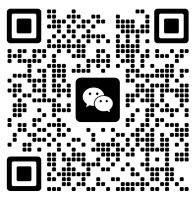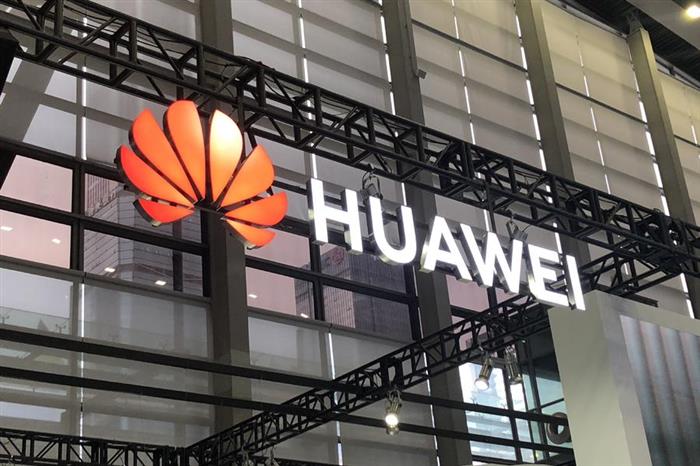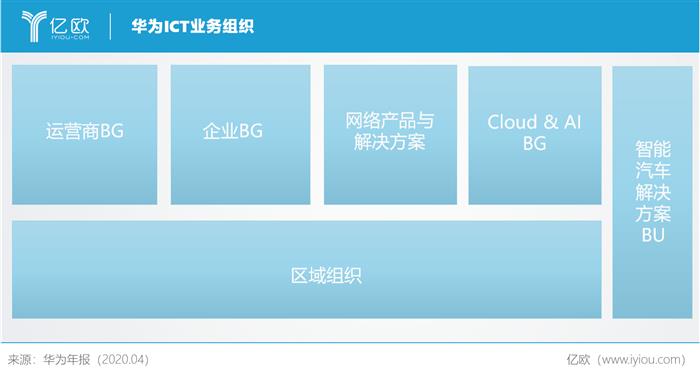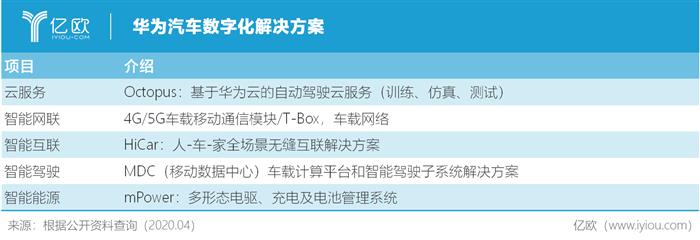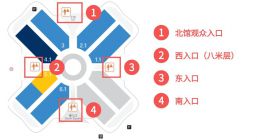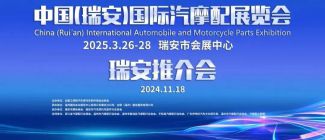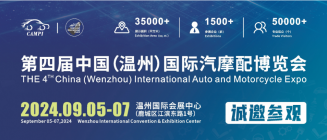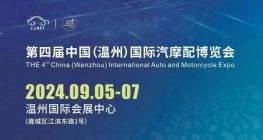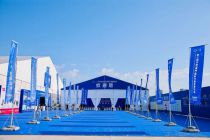Image from eo.com
The battle for the smart car is no longer just about the main engine company.
Huawei is on its way out, vowing to extend the ICT advantages it has accumulated over the past 30 years to the smart car industry to help car companies "build" and "build" good cars. On March 31, huawei's position in the auto industry was even more evident in its 2019 annual financial results.
According to the financial statement, huawei will become a core supplier of "incremental parts" for smart cars, focusing on smart driving, smart cockpit, smart electric, smart network connection and smart car cloud. From technology to ecology, huawei will make enemies everywhere in the field of smart cars. Challenging more competitors is both a challenge for huawei and a way to build a stronger moat.
Ren zhengfei, the founder and President of huawei, has always been a firm advocate of huawei's Internet of vehicles strategy. He believes that Internet of vehicles, artificial intelligence and edge computing are three breakthroughs for huawei in the future. "Huawei Internet of vehicles can set up a business organization, to increase strategic investment in smart car connection, on-board computing, autonomous driving and so on."
At the 2019 Shanghai auto show, huawei publicly responded that it would not build cars, but would instead become an "incremental supplier for the smart car industry." At the end of may of the same year, huawei established intelligent vehicle solution BU.
It can be seen that huawei is full of ambition and confidence.
It's aimed at what traditional cars don't have, but have to go in the direction of smart cars. Under the general trend of the new four modernizations, huawei tries to occupy one of the high ground, and it is always hard to get around huawei on the road of intelligent transformation of automobile enterprises.
A sharp sword
Hongmeng is a sword for huawei to enter the automotive field.
On August 9, 2019, huawei officially launched Harmony OS, the hongmeng operating system. Huawei's consumer business CEO ChengDong said, the starting point of HongMeng OS and Android, iOS is different, is a new micro kernel based distributed operating system for the whole scene, can simultaneously satisfy the whole scene flow experience, credible security architecture, across the terminal seamless coordination and a more development terminal deployment request, "HongMeng should be in the future."
Earlier this year, huawei officially released the "2020 plan for huawei hongmeng OS system", which officially confirmed that hongmeng OS system will be fully used.
Huawei hongmeng car and machine systems come faster.
On February 27, the official weibo of chery new energy automobile announced that its new model, the chery new energy S61, is equipped with the world's leading hongmeng vehicle system and L2.99 level automatic driving assistance system. Although chery energy official deleted the original micro blog, but "hongmeng car and machine system" this key information, still caused a big stir in the industry.
Earlier, new baojun mass production model rc-6 was officially launched with HUAWEI HiCar. Based on the distributed capability of the operating system, HUAWEI HiCar realizes the man-machine interaction of "mobile phone + car" through the connection between mobile phone and car. In the process of mobile car and machine system demodulation, huawei chose "mobile car network". Different from the point-to-point connection between devices and devices in the era of Internet 1.0, that is, the projection of the screen, huawei mobile car network hopes that the whole scene distributed platform applications and services can flow seamlessly among multiple devices.
HUAWEI HiCar vehicle and machine interconnection solution is part of the application of hongmeng OS in the automotive field. HUAWEI intends to completely reshape the ecological barrier of Internet of vehicles from the underlying technology. It is reported that huawei HiCar has more than 30 eco-partners and more than 120 models.
With the blessing of hongmeng automobile and machine system, huawei is more active to rely on its advantages in ICT field and compete head-on with zebra, tencent and baidu.
The "incremental" calculation
Huawei is already preparing for an "increment" of smart cars.
Huawei's 2019 annual results showed its global sales revenue of 858.8 billion yuan and net profit of 62.7 billion yuan. In 2019, r&d investment reached 131.7 billion yuan, accounting for 15.3% of the annual sales revenue. R&d investment in the past ten years totaled more than 600 billion yuan. According to IPLytics' data on 5G necessary patents released in January, huawei ranked first globally with 2,160 necessary 5G patents.
Recently, "new infrastructure" has become a buzzword. At a meeting of the standing committee of the political bureau of the CPC central committee on March 4, the standing committee of the political bureau of the CPC central committee stressed that major projects and infrastructure construction that have been defined in the national plan should be promoted, and the construction of new types of infrastructure such as 5G networks and data centers should be accelerated.
Infrastructure projects with a total investment of 34 trillion yuan include the construction of 5G base stations. This means that after 5G starts commercial use, the Internet of vehicles industry will usher in an application explosion period in 2020.
Huawei, which has a first-mover advantage in 5G, is a natural candidate for the local car network. In order to realize the software definition of automobile and continuously improve the performance of automobile through software and hardware upgrades in the life cycle of automobile, huawei has even practiced in the automobile industry to verify Moore's law.
Nowadays, the functions of automobile products are gradually transformed from simple transportation vehicles to intelligent mobile space, and have functions of mobile office, mobile home, entertainment, digital consumption, public service, etc., which accelerate the development of new production and life modes such as Internet of vehicles data service and Shared travel.
On the whole, in the era of intelligent automobile, in addition to deriving new technologies, it is more about connecting the Internet ecology with the traditional automobile industry, and reshaping the new competitive pattern of automobile parts market through software definition of automobiles.
From the perspective of the traditional auto parts market pattern, due to the weak foundation of China's overall auto industry, the auto parts industry started late.
Key auto parts manufacturing areas are difficult to meet the direct supporting standards of domestic joint venture vehicle manufacturers.
In industry, the smart car has become a key industrial convergence development, traditional auto enterprise transformation, electronic information, network communications, and other enterprises to accelerate penetration, automobile and related industries comprehensive integration, the industrial chain face reconstruction, value chain extending unceasingly, the industry has become increasingly blurred border, has intelligent, networked, platform development characteristics.
At present, huawei, BAT, China kechuangda, junsheng vehicle alliance, botai and other enterprises are forming a new competitive situation. In the transition window of traditional Tier1, it is expected to become the "Tier1" of incremental components of China's local smart cars.
Smart car has become a new round of industry layout must contend for, the future of smart grid electric vehicle will bring a trillion growth opportunities for the industry, incremental parts market will be more intense.
In the new round of digital transformation of the auto industry, the demand for incremental parts is growing. From technology accumulation to ecological layout and r&d investment, huawei will have a great opportunity to play the role of incremental parts supplier of smart cars.
